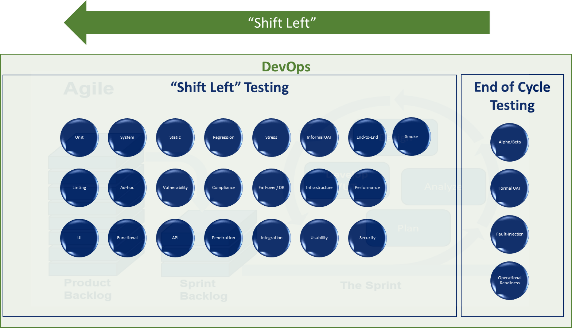By: Mark Lewis, SVP Marketing and Sales
If you release changes to production or release to users, a certain percentage here can go into the ‘failed’ basket or in the ‘degraded service’ bucket. Now, that can tell you a lot about ‘change failure rate.’
The Cost of Poor Software Quality in the U.S.: A 2020 Report indicates that unsuccessful development projects are the next most significant growth area of the cost of poor software quality (CPSQ). This gravity can be estimated to be as massive as $260 billion. It is also seen that there has been a steady project failure rate of 19 percent for over a decade. Lack of attention to quality emerged as a primary reason here. And Agile and DevOps methodologies, minimization of decision latency, etc., emerged as top ways to fix this problem.
At the same time, the DORA Accelerate State of DevOps report 2021 says that elite performers showed a 3x lower change failure rate and an impressive 6570x faster time-to-recover time from incidents when failure does occur. So, there is certainly something that some organizations do wrong, and some do right. The answer lies with the metric – change failure rate or CFR. It is a metric that tells the percentage of deployments causing a failure in production.
Meet Change Failure Rate (CFR)
CFR is quite consequential to any IT team and a company’s operations. If an enterprise fails to determine it, it can keep running in a never-ending loop of outages, performance barriers, and security cracks. So, the way to start right is to calculate how many deployments were attempted and how many resulted in failures in production. This can be worked out from the total count of deployments through the deployment table. They can be, then, linked to incidents. Here, by measuring this aspect, an enterprise would not be shocked to find the percentage of workflows that fail to enter production, and it would be better prepared for the overall risk that this poses to development.
Next, count all workflows over a certain period and then calculate the percentage that manifested as failure/require remediation. This can be in the form of an emergency fix, a rollback, or a patch. It is also essential to find out what causes a high level of CFR. It helps to have a good set of tools that can watch data and alert the team regularly. To keep a tab on CFR, one would need data from Continuous Integration and Continuous Deployment tools and a robust analytics dashboard.
Watch CFR
Once you figure out if CFR is high or low, you can use various automation tools and monitoring measures to keep it under control. However, suppose you hit a high CFR. In that case, it becomes necessary to augment your company’s ability to manage changes more effectively to reduce risk exposure when implementing new processes, technologies, products, etc. If one has a good grip over CFR, then it becomes easy to:
- Cut down overall lead time
- Improve the velocity of software delivery
- Shrink deployment failures
- Attain strong and early stages of Agile DevOps maturity
- Form extensive scale delivery capabilities
- Manage critical software delivery projects
- Improve software quality in a predictable way
In the Dora Software Report’s analysis of the world’s best software, we can see that the emphasis is placed on software product quality, management team caliber, organizational culture, and overall company evolution. Being in the software business is all about the certainty that you can own for assuring software quality, performance, and consistency. Learn how monitoring and automation may help you to be proactive and well-armed for failures. For more information, talk to our experts today.



